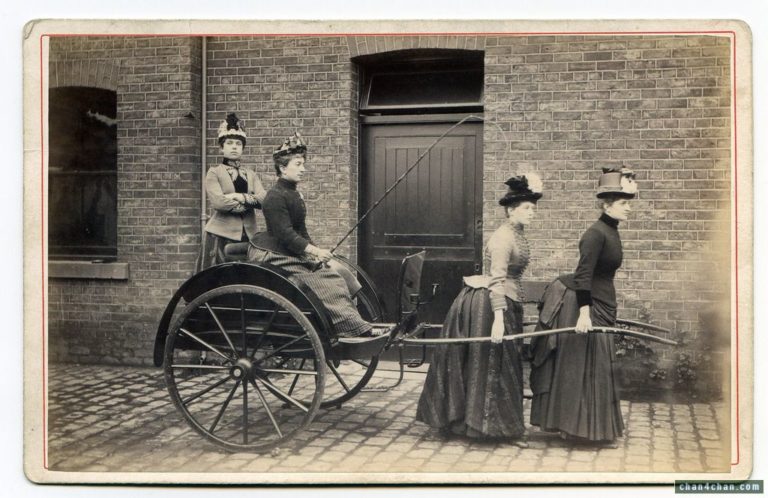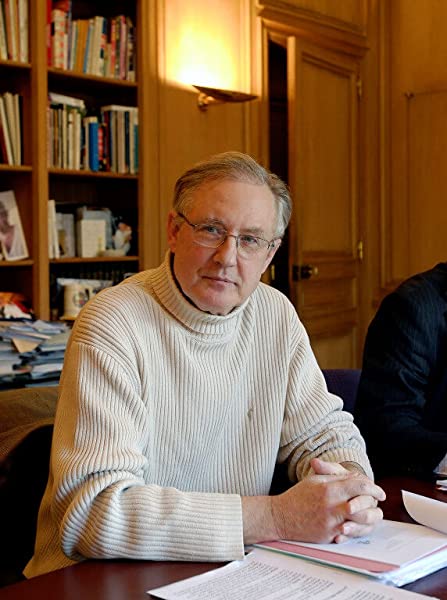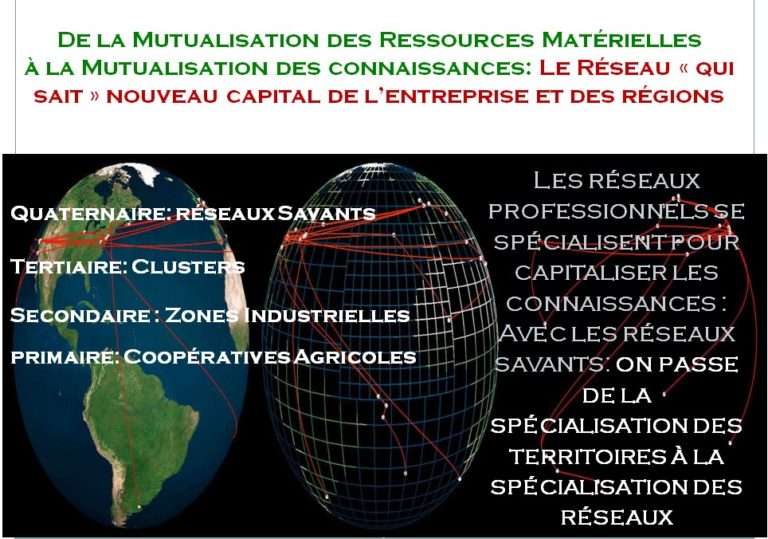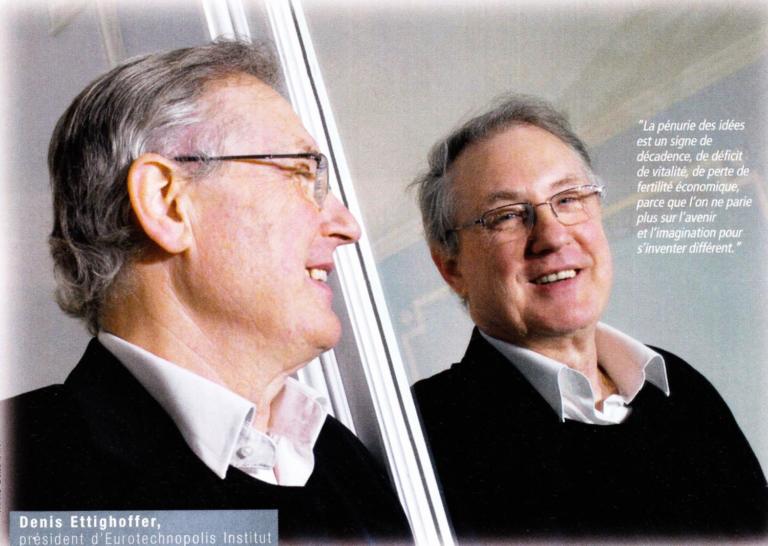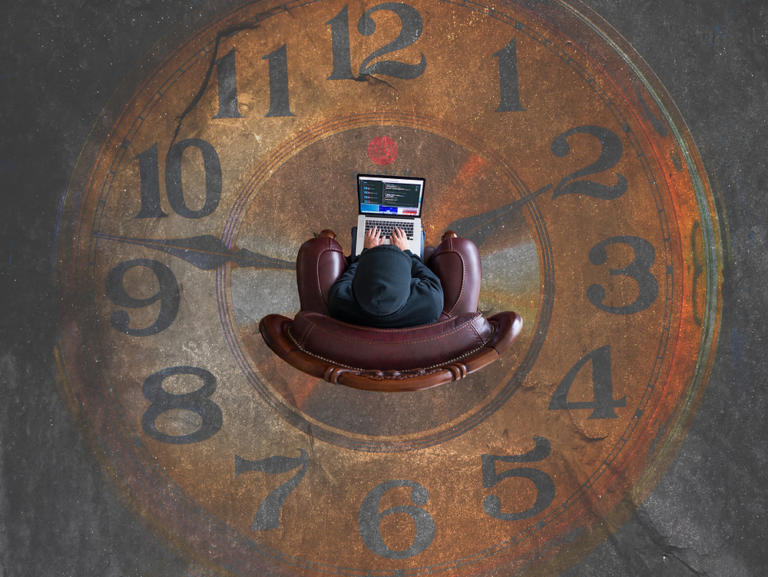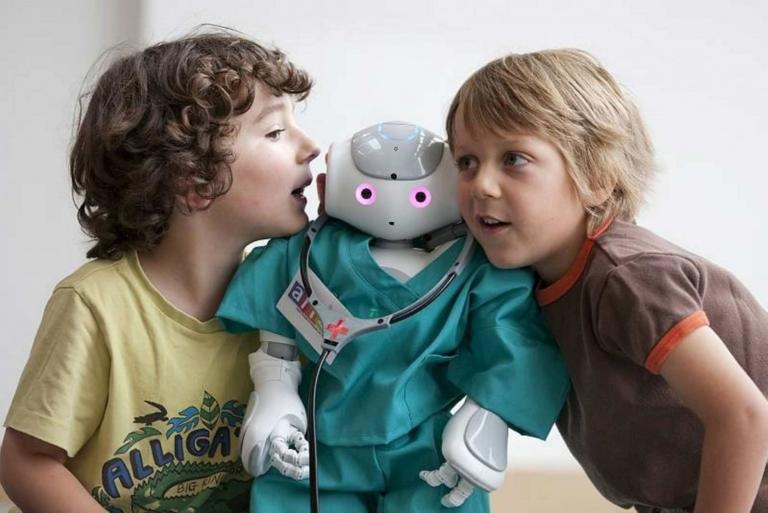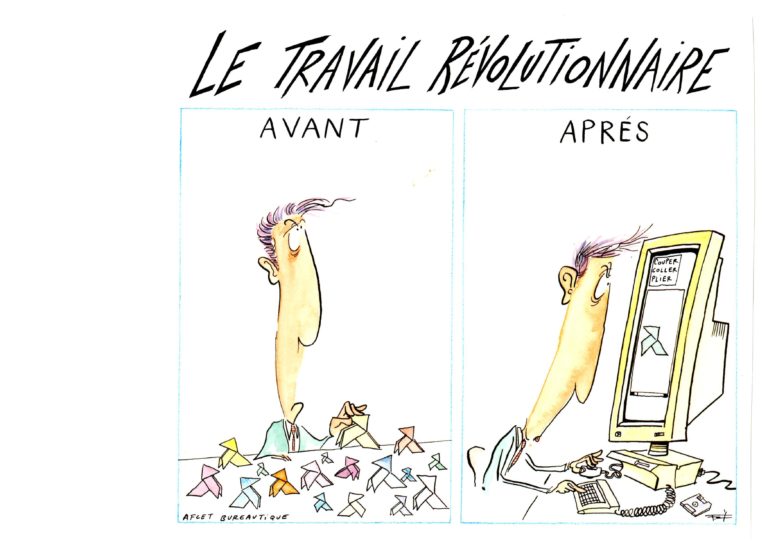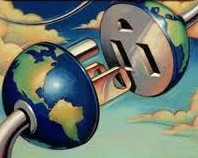
« We attribute to mankind unique qualities which we believe no other beings nor machines possess, above all the marked ability to build abstract images of the surrounding real world and to determine actions through the interplay of these same images. »
L. Couffignal
« Every living creature, including man, is bound to the influence of symbiotic relationships. » Such a statement would have raised a storm of intense controversy a few years ago. Today, it seems almost commonplace. It is now recognized that, save for bacteria, absolutely all organisms result from the association of several single organisms which met, joined out of mutual interests, shared genes and shaped more and more complex and efficient organisms a very long time ago. Symbiosis thus shares equal billing with genetic mutations as one of the prime forces of evolution.This same type of interaction brings together man and the computer. Man first untertook to transform matter through intensive energy expenditure. Coal, then hydroelectric power thus supplied machines with increased work power. Today, with computers at his fingertips, man can launch a molecular research simulation without so much as visiting a lab. Formely, only empirical methods made the discovery of new alloys possible. Billions of tests would have been needed to find the specific alloys used in today’s industry. From now on, the tunnel effect microscope connected to a computer allows to assemble, almost on sight, the atoms of a material essential for a specific industrial application.
Thanks to his new symbiosis with computers and telecommunication networks man sees his capacities of action dramatically expanding as he reaches the intangible. We now have at our disposal a « virtual » power which leaves the industrial age standing. This power is assessed in time and money savings as it becomes possible to simulate, say, the manufacturing processes of Snecma-General Electric motors for the Airbus. Or for certain researchers to drastically lower our perception and understanding treshold – it would have required million of lifetimes to identify and study the 3.5 million human genetic codes. The New Information and Communication Technologies (NICTs) go even further in obliterating time and space: associated with astronomy, they trace the genesis of the universe. So many new horizons for human exploration are opening. The NICTs contribute to the development of mankind as they enhance our perceptions and our capacity to act from a distance. Today, man is telepresent in the office, in space or under water, where he monitors robots, omnipresent and always available as an avatar, soon omniscient. As he enters the 21st century, he is aware that his relations to objects, work, business and his fellow human beings will be transformed. Our evolution is undergoing a formidable gestation. The computer is creating a new civilization right under our eyes.
Yet our mind constructions, ideas, thought patterns and economic analysis are still entrenched in the context of mass production. As conscious our organisations may be that we have reached a post-industrial age, yet they are bogged down in neo-Taylorism. They still have not fully integrated the disruptions brought by the expanding man-computer symbiosis and their devastating effects on traditional organizations, business competitivity and economy.
I have chosen to illustrate these disruptions and their sometimes amazing consequences by attempting to answer a main question: will the white-collar workers’ become extinct? If so, how will the aftermath look like? Mechanization first, then robotics, have both led to increased productivity and economic growth. Will they also take over the service industry, which remains « unproductive » while absorbing the gains from the productivity of other sectors?
This book aims at a positive answer. Only an inattentive observer would find its conclusion disconcerting. The white-collars’ age will be followed by an age of… virtual representations of white-collars! Companies themselves will be virtual!. In other words, there will be business wherever a connection to the NICTs is available.
The NICTs structure large networks of professional bodies which influence corporate organization and power as well as the way we think, live, study, and work. Obviously our personal and professional environment has already been dramatically affected by NICT’s. They will play a role in the way we manage our private/professional, individual/collective times and spaces. Yet our capacity to grasp the on-going changes is limited since we have not yet deciphered the rules of this post-industrial age nor customized our intellectual tools. One of the aims of this book is to bring some means of picturing and analysing the new organizational patterns which will eventually boost the entrepreneurs of the post-industrial age.
Developed countries are crossing the frontier between two civilizations: on one hand, the material, mechanical, industrial, energy-greedy civilization – created for mankind, builded up for machines – but still naturalistic, as it remains, on the whole, symbiotic with nature. On the other hand, the immaterial, cybernetic civilization – hungry for information yet at the same time energy-saving – operating on virtual representations of reality where data symbolize real life. In that world, it is conceivable to make Marilyn Monroe alive again. Real, ready-to-use objects emerge from the intangibility of screens. The whole planet is reduced to the size of a phonebook. And each one of us becomes more and more dependent on that new nervous system woven by the telecommunication networks.
Like motionless travellers, companies have to be virtually omnipresent in order to keep track of their own resources, know-how, products and customers. They also have to learn how to control from a distance. Work too, is virtually omnipresent. We are turning into « terminal men » in a plugged-in society where our personal and professionnal lives become fully intertwined, and what is left of our spare time melts into thin air. Here we are now: « electronic nomads », frantically zapping through jobs which crumble into many tasks and many places. White collar workers particularly experience a « de-sequencing of tenses », as the rhythms which used to rule the working-classes have become unadequate for them. In the service industry, which represents 70% or all workers and where 45% of people work on a computer, white-collar workers are becoming increasingly expensive, almost too expensive. In spite of all their offices and state-of-the-art computers, they still have not reached a proper productivity. Their productivity is sluggish while blue-collar workers have seen theirs multiplied by seven since 1900. Some managers of the tertiary sector are seeking production and efficiency enhancement by borrowing the practices of the material industry. In their more or less successful course, they will encounter terminal men who create objects, tools, machines, and even virtual representations of themselves in order to boost their efficiency and productivity.
Although I may have indulged in some occasional emphasis for pedagogical purposes, this book is neither a futuristic essay nor a science-fiction book: the ideas it defends are supported by many concrete, present and reproducible examples and many observations. The objective of this book is to arouse questionning and brain-storming. – to anticipate and throw light on issues still unanswered, in the perspective of the decade to come. And if, by chance, hope for a better life was brought up, the author’s personal optimism would be to blame.
This book is not a utopia, nor does it provide with keys to our concerns about the future. At the best these are the reflexions of a frontiersman building bridges between two worlds: industry and information. My conviction is that the post-Tayloristic, virtual enterprises will be structured as networks through which symbols will definitively take over economy and matter.
To see through this exploration, I have tried to avoid the self-centered experts lingo. I offer « projections » and hypotheses, make suggestions based on informed opinions as often as possible. I am aware of the risk. I did not want to write a « Tips for success » type book. Experience has taught me that the curiosity for this kind of book only lasts for as long as it takes to read the table of contents. Any reader with an ounce of common sense generally deals with the rest on his or her own. It’s a matter of choice; the numerous examples in the book will no doubt serve to foster projects in the reader’s mind.
I must also confess to a loftier, if somewhat immodest, goal: I wish to arouse a true curiosity for the virtual enterprises. The learning process starts once curiosity has set in. And that, first and foremost, is what I hope this book will achieve. The book is divided into five sections. History of a Misunderstanding illustrates in which way Tayloristic and bureaucratic organizations have conceived time and space management when they first attempted to use NICTs for working from a distance or teleworking, in a period of extensive economic growth. This gave rise to an interesting confusion between neo-Taylorism and post-Taylorism, a basic misunderstanding with a simple explanation: telework was a 21st century solution seeking after its market in the 20th century.
The second part of the book, The Terminal Man, describes the first effects of NICTs on work distribution. NICTs are turning our post-industrial society into a hypertechnological and hypercommunicating society: work will leave its traditional settings and spread through the networks. We will then witness the growing ascendency of symbol over matter. The advent of virtuality will enhance man’s work power to unforeseen heights.
The third part of the book, TheVirtual Enterprise, illustrates concretely the different aspects of the new and mutual relationships between organizations and NICTs. NICTs override time and space and allow businesses to become progressively omnipresent and omniscient. But crossing the threshold of the virtual layer of globality requires some preparation. Meanwhile, networks break through and develop their capacity to structure economic exchanges in accordance with the strategies of operators and countries.
Making the most of these new gifts will mean meeting requirements, as we will see in part four. Prior to becoming truly post-Tayloristic, businesses will have to undergo a « Copernician Revolution ». They will use co-production in order to optimize their immaterial investments into the constitution of their gross margin. This means on one hand developing a networked culture required for remote management and on the other hand learning how to manipulate NICTs and meet the standards of the 21st century in order to create a business globality. Mastering NICTs is now a key to success.
Computers and telecommunications have become essential in the organization of society. The fifth, closing part of the book stipulates that, as they override frontiers, NICTs will be greatly instrumental in regulating the economy of the 21st century. They will bring forth a « Tertius Ordo », a Third Order. In the midst of a technological crisis, although networks will overrun economical power, many of us will be kept away from the standards of the 21st century. Those who will set the rules of the Third Order will benefit from on a broader field of activity to optimize and expand their corporate wealth. We will put an end to our exploration with a look at the illusory hopes entrusted with telework at the beginning of the century and how the issues it was supposed to answer have been evolving since then.
Denis C. Ettighoffer
Paris, December 31, 1991 Téléchargement EV92 en UK
